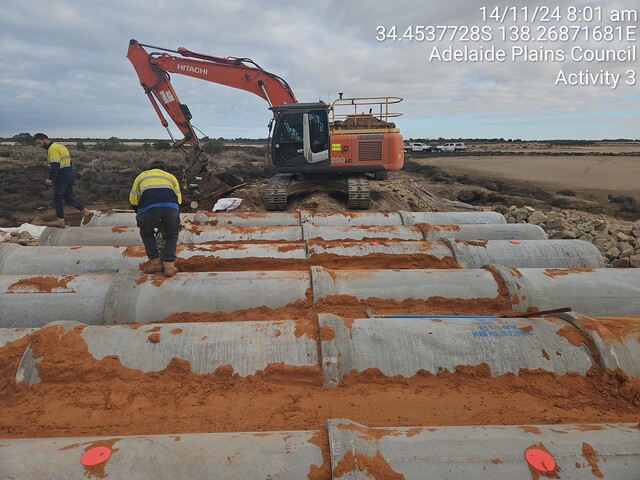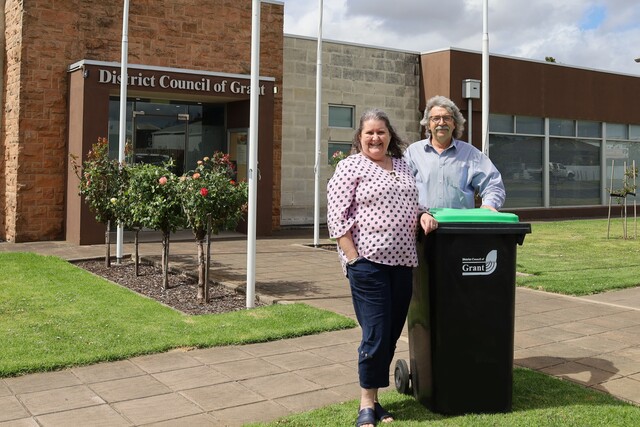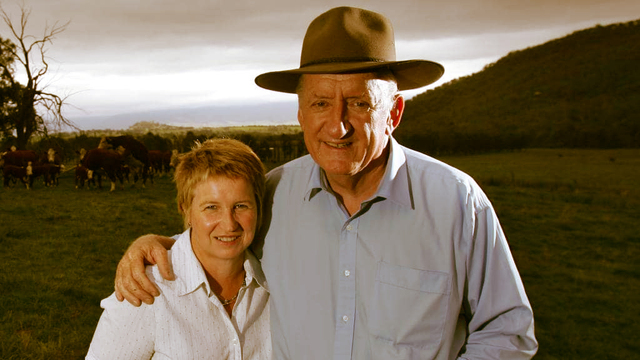In each edition we feature the views of a Local Government Association President. The following is from Alderman Kerry Moir, President of the Local Government Association of the Northern Territory.
The year ahead is shaping up to be one which will probably have a profound impact upon Local Government in the Northern Territory. At the national level the proposed intergovernmental agreement recommended by the Cost Shifting Inquiry, the Productivity Commission’s inquiry into Local Government finance and the proposed resolutions in Australia’s Parliament about Local Government are all set to occur and have the potential to benefit Local Government in the long term.
At the Territory level, the Northern Territory Government is proposing to undertake a major review of the Local Government Act, and there are currently four proposals for establishing regional councils which could see a large portion of the Northern Territory becoming incorporated into Local Government areas.
Currently only about 20 per cent of the Northern Territory is incorporated.
A major challenge for the Association and the Australian Government is going to be how the issue of unincorporated land (and its accompanying road network) is dealt with in terms of the future distribution of local roads grants.
Clearly with most of the Territory being unincorporated, but moving towards incorporation, the current distribution of these grants will have to change to more fairly meet the needs of the new larger Councils.
Indigenous housing remains a crucial issue for most Councils in the Northern Territory due the desperate shortage of houses and the inevitable outcome of people living in overcrowded conditions. Many Councils have responsibility for public housing in their areas and most contend that the level of funding has to increase if there is to be any headway made in relieving the shortage.
The publication, Indigenous Housing Indicators 2003–4 (Australian Institute of Health and Welfare, 2005), reports that 11,451 additional bedrooms are required in the Northern Territory, a staggering amount, and one that will only partially be met from Northern Territory and Australian Government sources.
With over 50 per cent of land in the Northern Territory being Aboriginal land within the meaning of the Aboriginal Land Rights (NT) Act, many Councils have to operate in the knowledge that they do not have security of tenure over land.
This may change to some extent during the year when the Australian Government introduces amendments to the Act. The amendments could pave the way for Councils to hold leasehold title for land on which they are operating.
In all, it looks like being a most interesting year. For its part the Association, as always, will be doing its best to advance the interests of its members.







